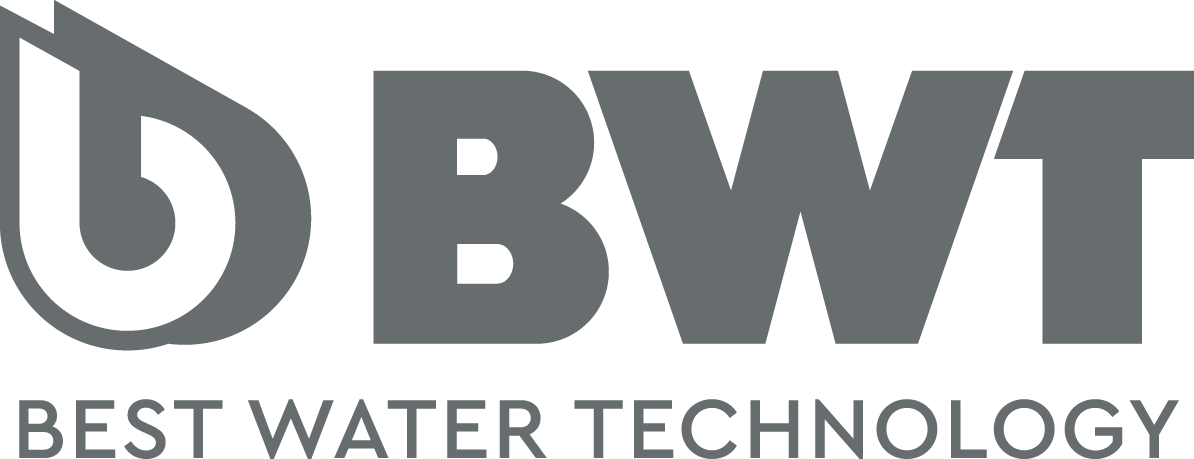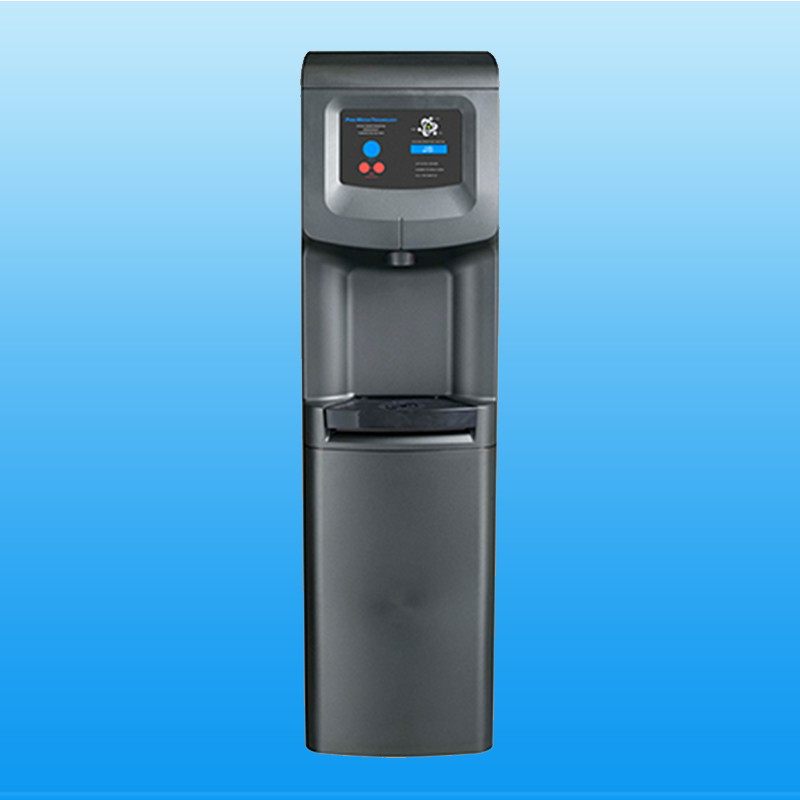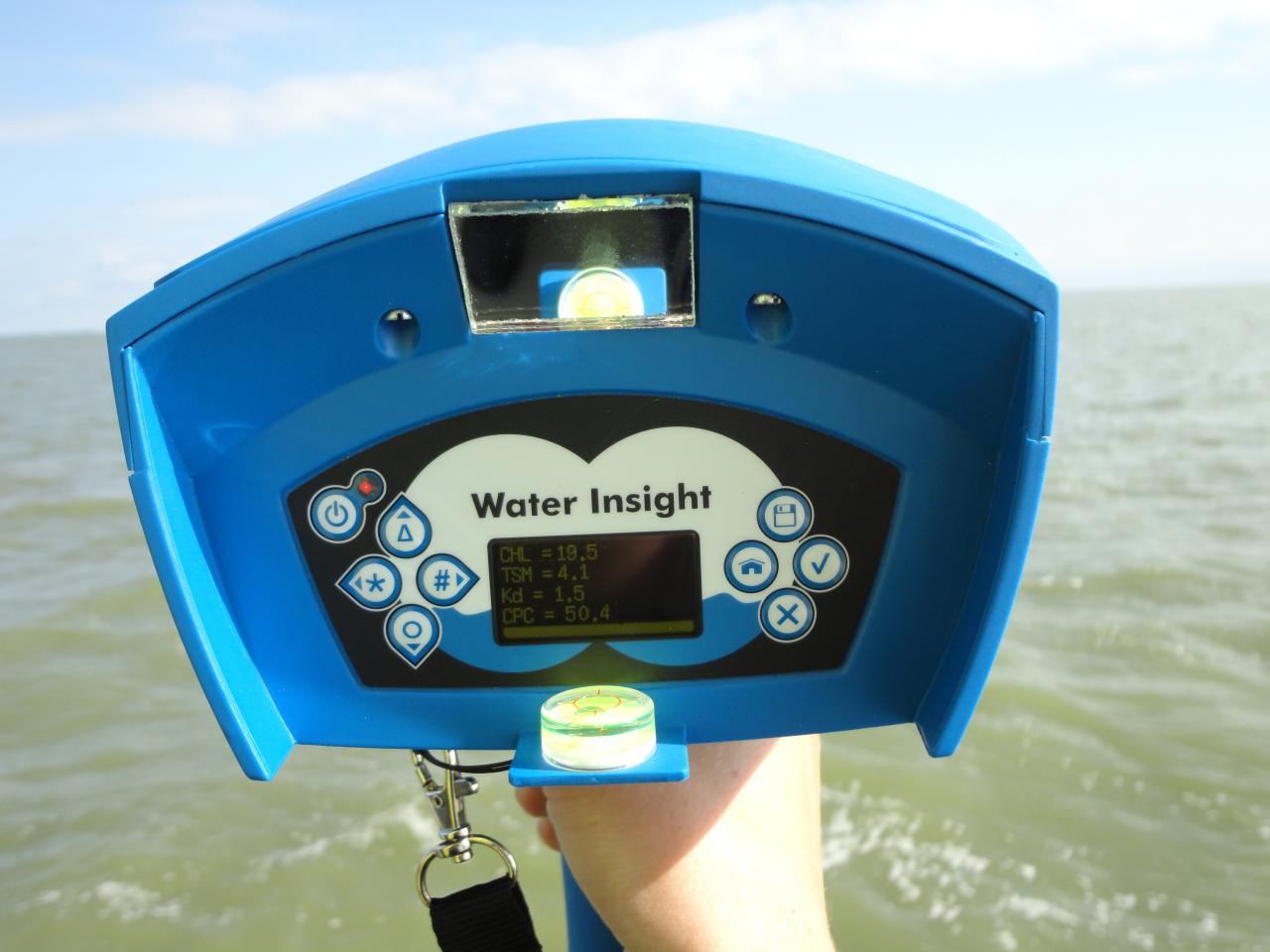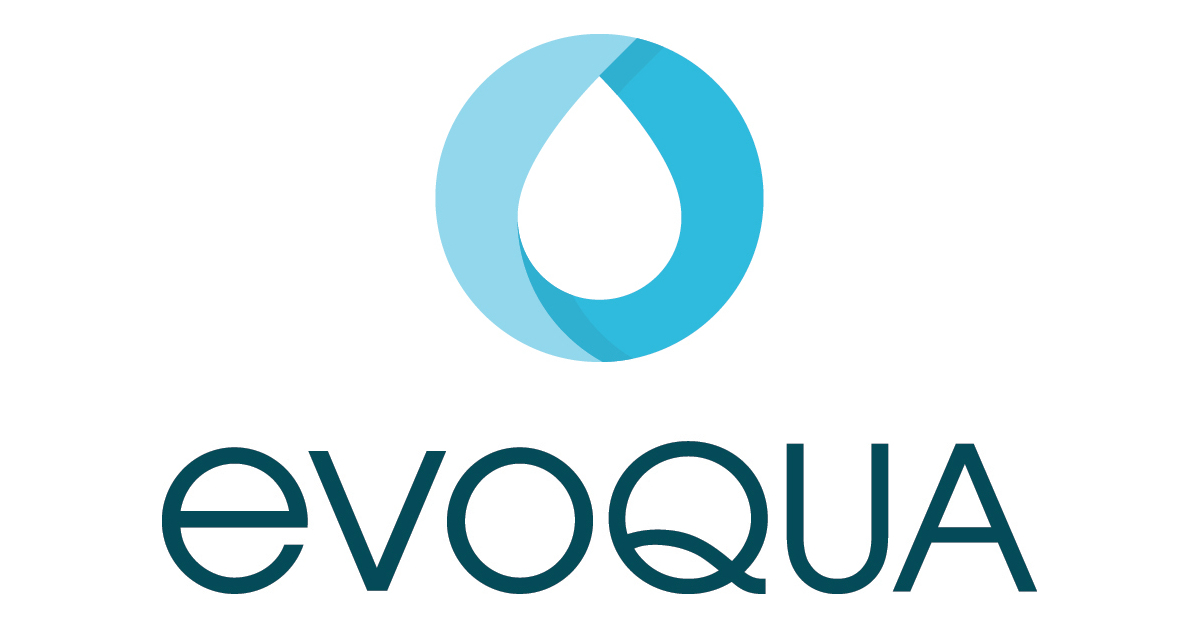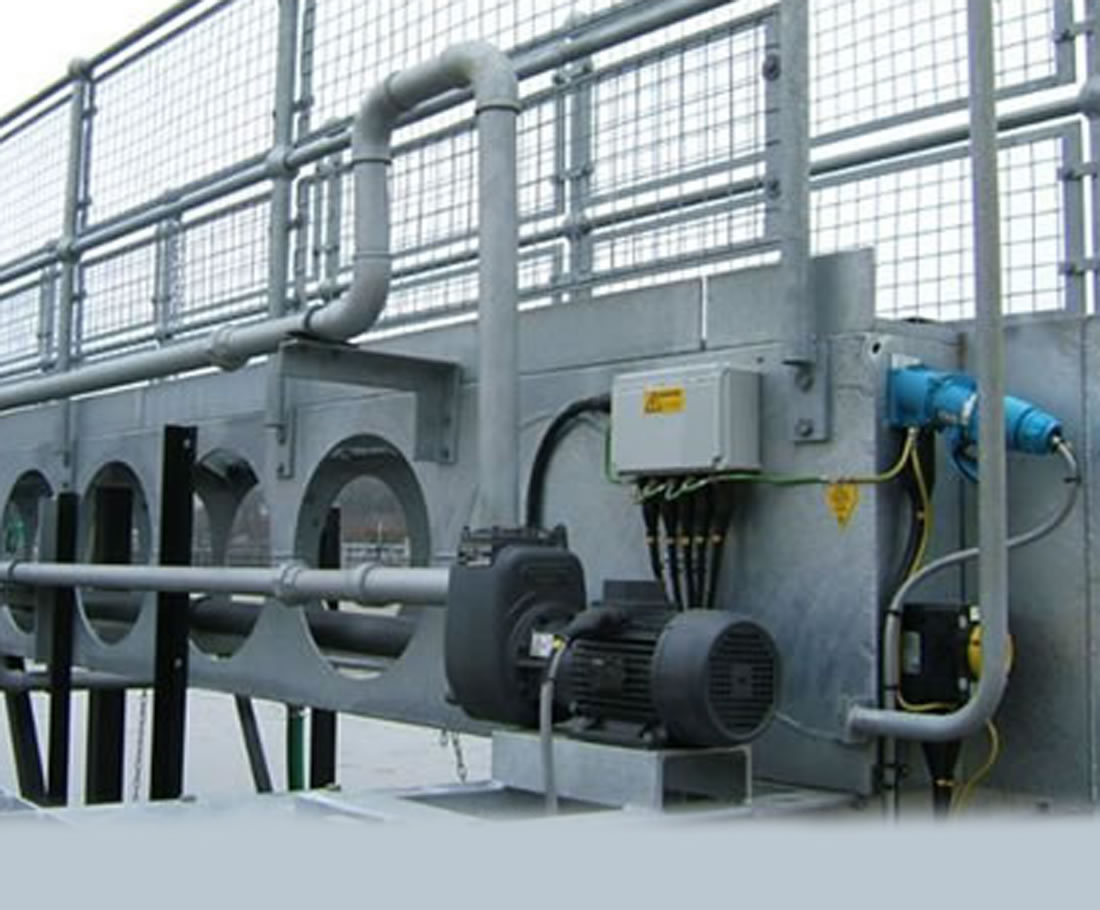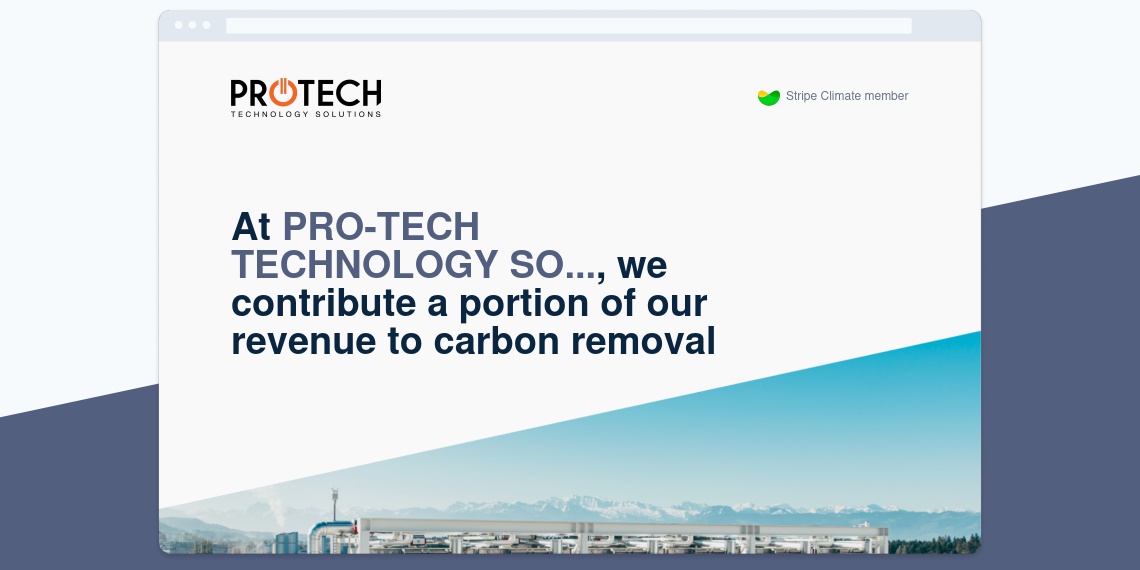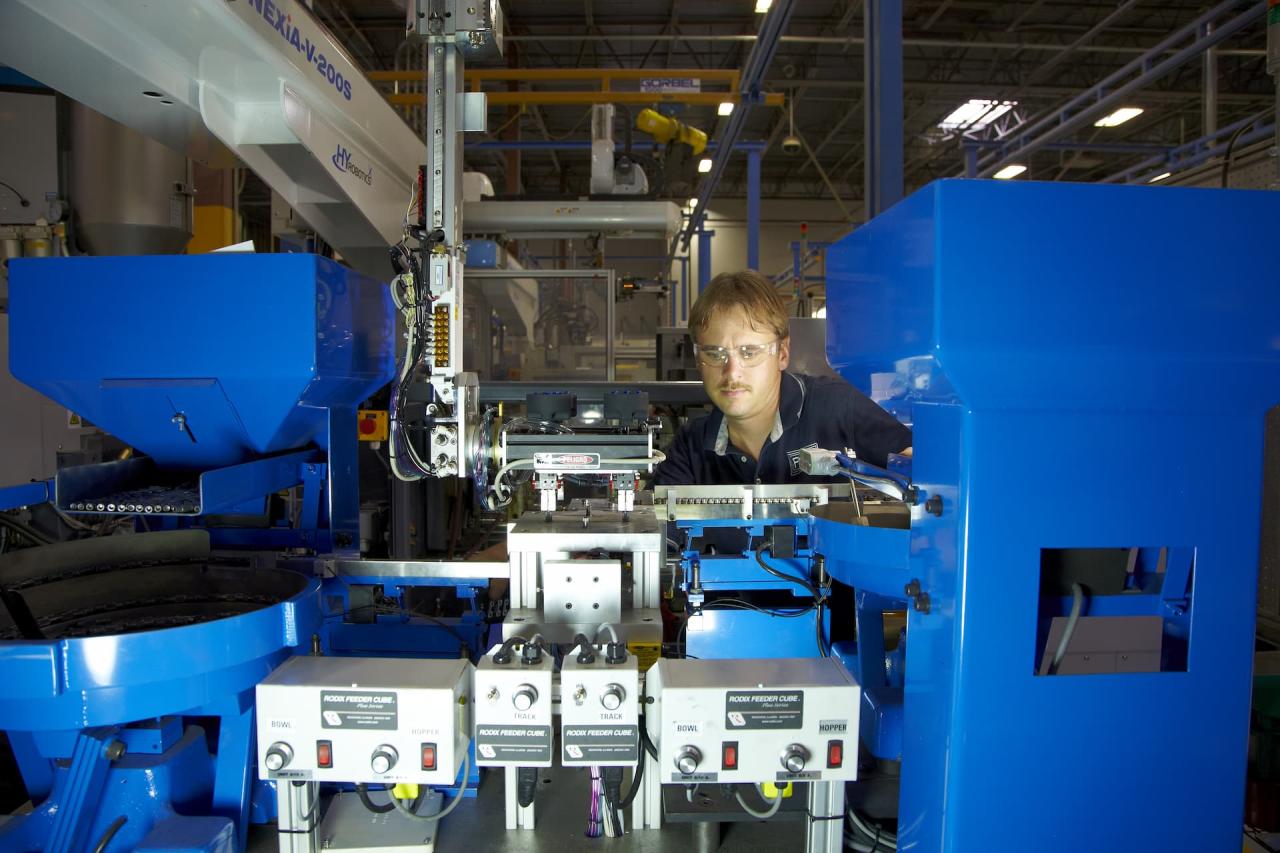Primary Water Technologies: Securing Our Future
Primary water technologies set the stage for a future where water scarcity is a relic of the past. These innovative solutions, encompassing desalination, rainwater harvesting, and groundwater extraction, provide a […]
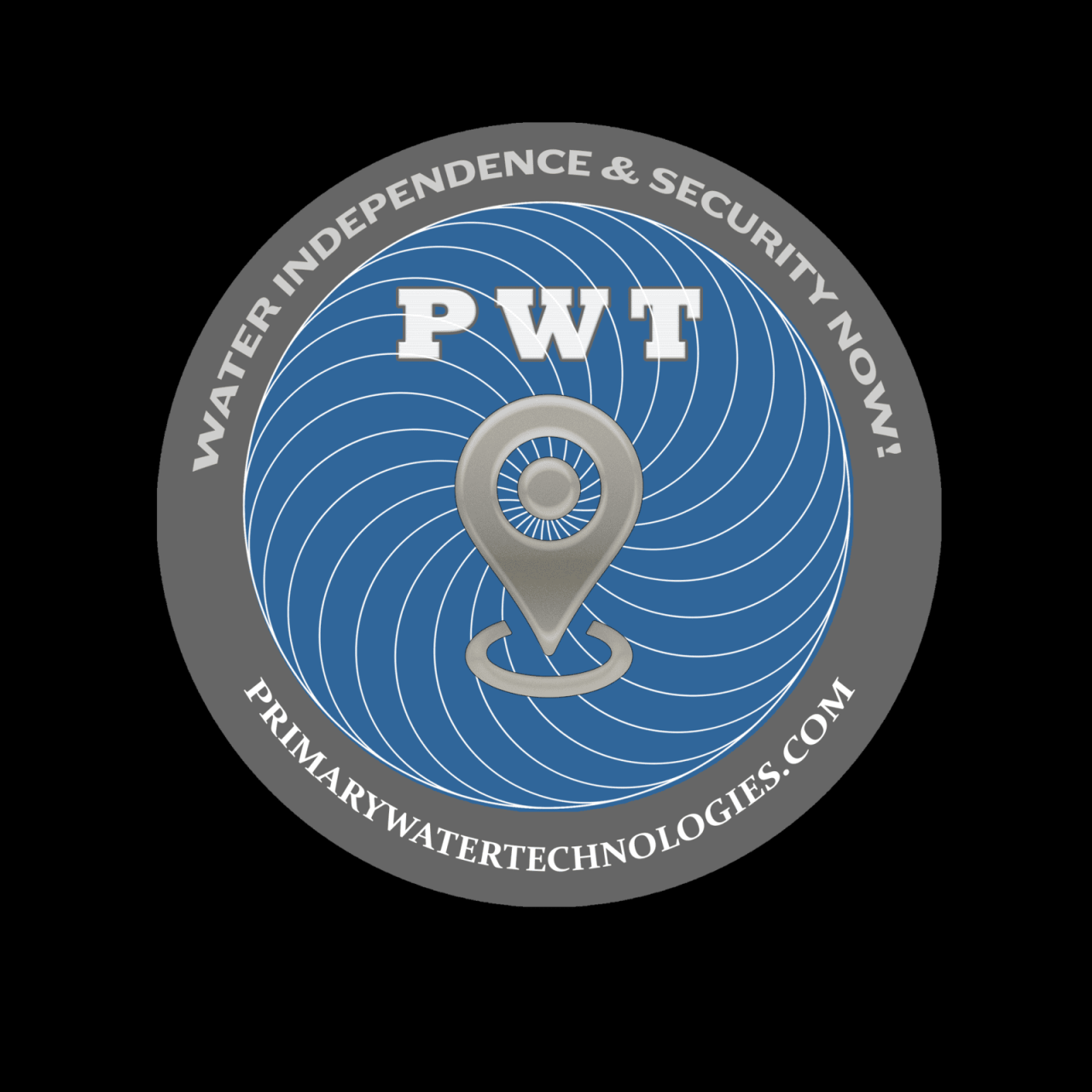
Primary water technologies set the stage for a future where water scarcity is a relic of the past. These innovative solutions, encompassing desalination, rainwater harvesting, and groundwater extraction, provide a lifeline for communities grappling with water insecurity. Each technology presents unique advantages and challenges, demanding careful consideration of environmental impact, economic viability, and societal needs.
From the arid deserts to bustling urban centers, these technologies are transforming how we manage and utilize this precious resource. By exploring the complexities of each method, we gain a deeper understanding of their potential to secure a sustainable water future.
Introduction to Primary Water Technologies
Ensuring access to safe and sufficient water is crucial for human health, economic development, and environmental sustainability. Primary water technologies play a vital role in addressing the global water crisis by providing alternative sources of water and managing existing resources effectively. These technologies are essential for securing water supplies, especially in regions facing water scarcity or drought.
Primary water technologies encompass a range of methods for obtaining and managing water resources. They are often categorized based on the source of water they utilize, including:
Desalination
Desalination is the process of removing salts and other impurities from seawater or brackish water to produce freshwater. This technology has gained significant traction in recent years, particularly in arid and coastal regions where freshwater sources are limited. Desalination plants operate by using various methods, including reverse osmosis, multi-stage flash distillation, and electrodialysis.
Reverse osmosis is a widely used desalination method that involves forcing seawater through a semipermeable membrane, separating the salt from the water. This process requires high energy consumption, but advancements in membrane technology and energy efficiency have made desalination more cost-effective.
The global desalination capacity has increased significantly in recent years, with over 20,000 desalination plants operating worldwide.
Rainwater Harvesting
Rainwater harvesting is a sustainable approach to capturing and storing rainwater for various uses, such as irrigation, domestic water supply, and groundwater recharge. This technology involves collecting rainwater from rooftops, paved surfaces, or natural catchments and channeling it into storage tanks or infiltration systems.
Rainwater harvesting is particularly beneficial in regions with seasonal rainfall patterns. By capturing and storing rainwater during the rainy season, communities can access a reliable water source during dry periods.
The implementation of rainwater harvesting systems has proven successful in reducing water stress and enhancing water security in numerous communities worldwide.
Groundwater Extraction
Groundwater extraction involves withdrawing water from underground aquifers using wells or boreholes. This technology is a primary source of freshwater for many communities, particularly in areas with limited surface water resources.
Groundwater extraction requires careful management to prevent overexploitation and ensure the sustainability of aquifers. This involves monitoring water levels, assessing aquifer recharge rates, and implementing water conservation measures.
Over-extraction of groundwater can lead to aquifer depletion, land subsidence, and saltwater intrusion, posing significant environmental and societal risks.
Desalination Technologies
Desalination is the process of removing salt and other minerals from seawater or brackish water to produce fresh water. This technology plays a crucial role in addressing the global water scarcity challenge, particularly in regions with limited freshwater resources. Several desalination methods have been developed over the years, each with its unique advantages and disadvantages.
Reverse Osmosis
Reverse osmosis is a widely used desalination method that utilizes a semipermeable membrane to separate salt from water. This process involves applying pressure to the saline water, forcing it through the membrane, leaving behind the salt and other impurities.
Reverse osmosis is a highly efficient and cost-effective desalination method.
- It has a relatively low energy consumption compared to other methods, making it an attractive option for large-scale desalination plants.
- Reverse osmosis systems are also relatively simple to operate and maintain, further contributing to their cost-effectiveness.
- Additionally, the technology is highly adaptable, enabling its use in various settings, from small-scale domestic applications to large-scale industrial desalination plants.
However, reverse osmosis has its limitations.
- Membrane fouling, a phenomenon where the membrane becomes clogged with impurities, can significantly reduce the efficiency of the process.
- The high pressure required for reverse osmosis can be energy-intensive, especially in areas with limited access to electricity.
- The disposal of the concentrated brine produced as a byproduct can pose environmental challenges, requiring careful management to prevent harm to marine ecosystems.
Multi-Stage Flash Distillation
Multi-stage flash distillation (MSF) is a thermal desalination method that involves heating seawater and then rapidly reducing the pressure, causing it to flash into vapor. The vapor is then condensed to produce fresh water, while the remaining brine is recycled back to the heating stage.
MSF is a mature desalination technology with several advantages.
- It has a high desalination capacity, making it suitable for large-scale water production.
- MSF plants are relatively reliable and have a long operational lifespan.
- The technology can be adapted to utilize waste heat from industrial processes, reducing energy consumption and environmental impact.
However, MSF has some drawbacks.
- It has a high energy consumption compared to reverse osmosis, making it less cost-effective in areas with high energy costs.
- MSF requires significant upfront capital investment for construction and maintenance.
- The technology is less flexible than reverse osmosis and is not as suitable for small-scale applications.
Electrodialysis
Electrodialysis is an electrochemical desalination method that utilizes an electric field to separate salt ions from water. The process involves passing saline water through a stack of alternating anion and cation exchange membranes. The electric field attracts ions of opposite charges to the respective membranes, effectively separating salt from water.
Electrodialysis offers several advantages.
- It has a relatively low energy consumption compared to MSF, making it a more energy-efficient option.
- The technology is particularly suitable for treating brackish water, which has a lower salt concentration than seawater.
- Electrodialysis can produce high-quality water with low levels of dissolved minerals.
However, electrodialysis also faces challenges.
- It is more sensitive to scaling and fouling than reverse osmosis, requiring regular cleaning and maintenance.
- The technology is less efficient than reverse osmosis for treating seawater with high salt concentrations.
- Electrodialysis systems can be more complex and expensive to operate than reverse osmosis systems.
Challenges in Desalination Technology
Desalination technology faces several challenges, including:
- Brine disposal: The concentrated brine produced as a byproduct of desalination can pose environmental risks if not properly managed. Discharge of brine into the ocean can lead to salinity changes, impacting marine ecosystems.
- Membrane fouling: Membrane fouling, the accumulation of organic and inorganic matter on the membrane surface, can significantly reduce the efficiency of reverse osmosis systems. Regular cleaning and pre-treatment of the feed water are essential to minimize fouling.
- Energy consumption: Desalination is an energy-intensive process, especially for thermal methods like MSF. Reducing energy consumption is crucial for the sustainability of desalination technology. This can be achieved through improvements in energy efficiency, utilization of renewable energy sources, and optimization of plant design.
- Cost: Desalination can be expensive, especially for large-scale projects. The high upfront capital investment and ongoing operational costs can make desalination a less attractive option in some regions.
- Environmental impact: The environmental impact of desalination includes energy consumption, brine disposal, and potential impacts on marine ecosystems. Minimizing these impacts is essential for the sustainable development of desalination technology.
Rainwater Harvesting
Rainwater harvesting is a sustainable practice that involves collecting and storing rainwater for various purposes, such as irrigation, household use, and groundwater recharge. It’s a cost-effective and environmentally friendly alternative to relying solely on municipal water supplies.
Designing a Rainwater Harvesting System for a Residential Building
A rainwater harvesting system for a residential building involves careful planning and design to ensure efficient collection, storage, and utilization of rainwater. The design process considers factors such as roof size, storage capacity, and water quality.
- Roof Size: The area of the roof determines the amount of rainwater that can be collected. A larger roof area will yield more water, while a smaller roof area will collect less.
- Storage Capacity: The storage capacity of the rainwater tank should be sufficient to meet the anticipated water demand. Factors like household size, water usage patterns, and seasonal variations in rainfall should be considered when determining the tank size.
- Water Quality: The quality of rainwater collected depends on the materials used in the roof and the surrounding environment. Roof materials like asbestos or lead can contaminate rainwater, so it’s important to choose suitable materials.
Implementing a Rainwater Harvesting System
Implementing a rainwater harvesting system involves several steps, from planning and design to installation and maintenance.
- Planning and Design: This stage involves assessing the existing infrastructure, determining the water demand, and selecting appropriate equipment, such as gutters, downpipes, filters, and storage tanks.
- Installation: Once the design is finalized, the system is installed, including connecting the gutters and downpipes to the storage tank, installing filters, and ensuring proper drainage.
- Maintenance: Regular maintenance is crucial to ensure the system operates efficiently and delivers clean water. This includes cleaning the gutters and filters, inspecting the tank for leaks, and monitoring water quality.
Benefits of Rainwater Harvesting
Rainwater harvesting offers numerous benefits, including:
- Reduced Reliance on Municipal Water Supply: By harvesting rainwater, households can reduce their dependence on municipal water supplies, which can save money on water bills and contribute to water conservation efforts.
- Mitigation of Stormwater Runoff: Rainwater harvesting systems can help mitigate stormwater runoff, which can reduce flooding and erosion, and improve water quality in rivers and streams.
- Improved Water Quality: Rainwater is generally softer than municipal water, which can be beneficial for household appliances and irrigation.
Groundwater Extraction
Groundwater extraction is a vital process for supplying water to various uses, including drinking, agriculture, and industry. It involves the removal of groundwater from underground aquifers using wells and pumps.
Process of Groundwater Extraction
Groundwater extraction is a process that involves accessing and removing water from underground aquifers. This process typically involves drilling wells and using pumps to draw water to the surface.
- Well Drilling: Wells are drilled into the ground, typically reaching the water table, the upper surface of the groundwater zone. The depth and type of well depend on the geological formation and the target aquifer.
- Pump Installation: Once the well is drilled, a pump is installed to draw water from the aquifer. Pumps can be powered by electricity, wind, or other sources.
- Water Delivery: The pumped water is then delivered to the surface and transported to its intended use through pipes or other distribution systems.
Environmental Implications of Groundwater Extraction
While groundwater extraction is a crucial source of water, excessive or unsustainable extraction can lead to significant environmental consequences.
Aquifer Depletion
Excessive groundwater extraction can lead to the depletion of aquifers, which are underground layers of rock or sediment that hold groundwater. This depletion can cause:
- Lowering of the Water Table: When more water is extracted than replenished, the water table, the upper surface of the groundwater zone, can decline. This can affect the availability of groundwater for other users and ecosystems.
- Land Subsidence: In areas with unconsolidated sediments, excessive groundwater extraction can lead to land subsidence, which is the sinking of the ground surface. Subsidence can damage infrastructure, disrupt agriculture, and alter surface water flow.
Saltwater Intrusion
In coastal areas, excessive groundwater extraction can lead to saltwater intrusion. This occurs when the freshwater lens, the layer of freshwater that floats above saltwater, is depleted, allowing saltwater to move inland and contaminate the aquifer. Saltwater intrusion can render groundwater unusable for drinking and agriculture.
Other Environmental Impacts
Excessive groundwater extraction can also contribute to other environmental problems, such as:
- Reduced Streamflow: Groundwater extraction can reduce streamflow, affecting aquatic ecosystems and water availability for downstream users.
- Degradation of Water Quality: Excessive groundwater extraction can increase the concentration of dissolved minerals and pollutants in the remaining groundwater, degrading its quality.
Sustainable Groundwater Management Practices
To ensure the sustainable use of groundwater, various management practices are employed.
Well Spacing
Proper well spacing is crucial to prevent excessive drawdown of the water table. Adequate spacing between wells ensures that each well draws water from a separate area of the aquifer, minimizing the impact on the overall water table.
Water Table Monitoring
Regular monitoring of the water table is essential to track groundwater levels and identify potential areas of over-extraction. This information can be used to adjust pumping rates or implement other management measures.
Other Sustainable Practices
Other sustainable groundwater management practices include:
- Water Conservation: Implementing water conservation measures in various sectors, such as agriculture, industry, and households, can reduce the demand for groundwater.
- Artificial Recharge: Artificial recharge involves adding water to aquifers to replenish groundwater levels. This can be done through various methods, such as spreading water over the ground surface or injecting water directly into the aquifer.
- Groundwater Modeling: Groundwater models can be used to simulate the flow and storage of groundwater in an aquifer. This information can help to identify areas of potential over-extraction and inform management decisions.
Technological Advancements in Primary Water Technologies
The field of primary water technologies is undergoing a rapid transformation, driven by advancements in materials science, engineering, and artificial intelligence. These innovations are enhancing the efficiency, sustainability, and cost-effectiveness of traditional water sources, addressing the growing global water scarcity.
Innovations in Primary Water Technologies
The continuous development of new technologies is revolutionizing how we extract, treat, and manage water resources. These advancements are not only increasing efficiency but also promoting environmental sustainability.
- Desalination: The development of more efficient and cost-effective desalination technologies, such as reverse osmosis (RO) membranes with higher salt rejection rates and lower energy consumption, has significantly expanded the availability of freshwater.
- Rainwater Harvesting: Advanced rainwater harvesting systems, incorporating smart sensors and automated control systems, optimize collection and storage, minimizing water loss and enhancing water security.
- Groundwater Extraction: Innovations in groundwater extraction include the use of vertical axis wind turbines for pumping, reducing reliance on fossil fuels and minimizing environmental impact.
Latest Innovations in Primary Water Technologies
The following table summarizes some of the latest innovations in desalination, rainwater harvesting, and groundwater extraction:
| Technology | Innovation | Benefits |
|---|---|---|
| Desalination | Forward Osmosis (FO) | Lower energy consumption compared to RO, potential for using waste heat sources. |
| Rainwater Harvesting | Smart Rainwater Harvesting Systems | Real-time monitoring of rainfall and water levels, automated control of water flow and storage. |
| Groundwater Extraction | Geothermal Heat Pumps | Reduced reliance on fossil fuels for pumping, lower energy consumption. |
Emerging Technologies and their Impact, Primary water technologies
Emerging technologies, such as nanofiltration and membrane distillation, hold significant promise for the future of primary water technologies.
Nanofiltration
Nanofiltration membranes, with pore sizes in the nanometer range, offer advantages over traditional RO membranes, including higher permeate flux and lower energy consumption. Nanofiltration is particularly promising for treating brackish water and removing contaminants such as heavy metals and pesticides.
Membrane Distillation
Membrane distillation (MD) is a thermally driven separation process that uses hydrophobic membranes to separate water vapor from a saline feed stream. MD offers several advantages over traditional desalination methods, including the ability to operate at lower pressures and temperatures, making it more energy-efficient.
The development of these emerging technologies is paving the way for more sustainable and cost-effective solutions for addressing global water scarcity.
Final Summary

As we navigate the challenges of a changing climate and increasing water demand, primary water technologies offer a beacon of hope. Through ongoing research and development, these solutions are becoming more efficient, sustainable, and accessible. By embracing these technologies and adopting responsible water management practices, we can ensure that future generations inherit a world where water security is a reality, not a dream.
Primary water technologies are crucial for ensuring clean and safe drinking water. These technologies involve a range of processes, from filtration and disinfection to water softening and desalination. Companies like omron scientific technologies incorporated play a vital role in this industry, offering innovative solutions for water treatment and monitoring.
Their expertise in automation and control systems contributes to the efficiency and reliability of water treatment plants, ensuring that communities have access to safe and clean water.
